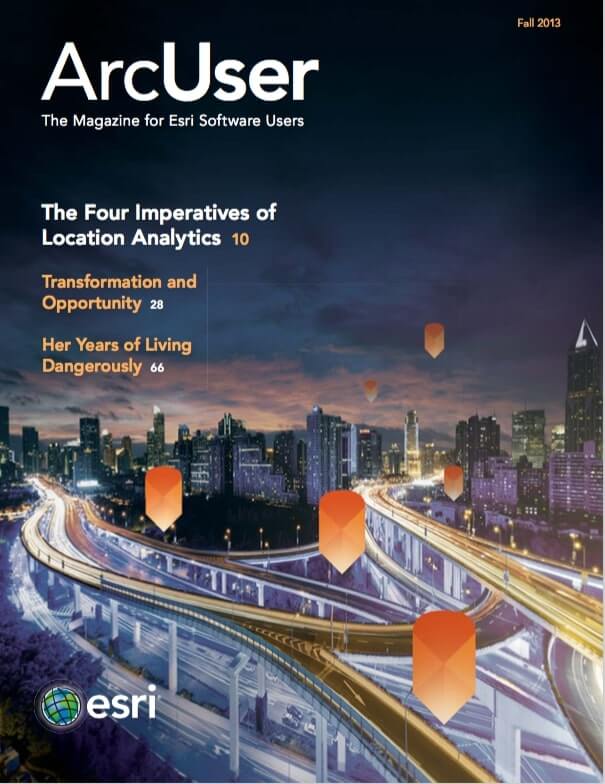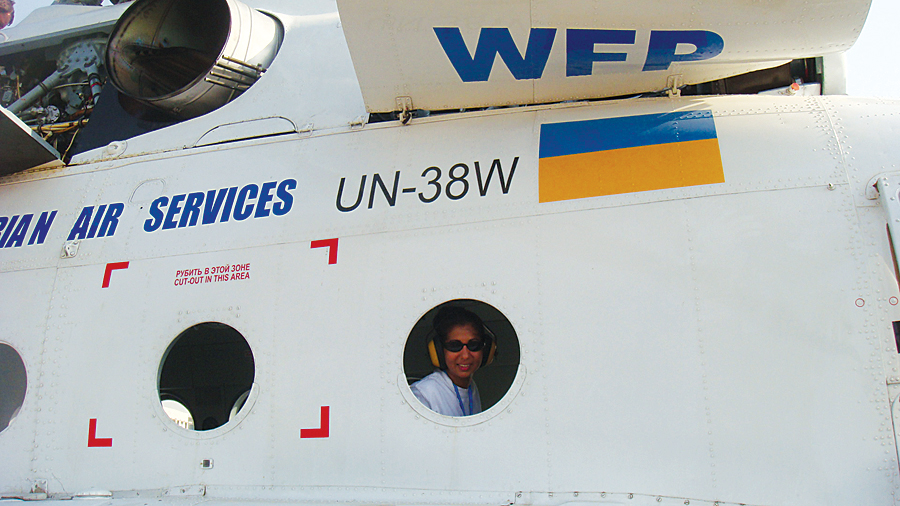
Nadika Senadheera’s job as a GIS consultant takes her to places where death may be next door.
In May 2013, when she was on assignment in Kabul, Afghanistan, with the United Nations World Food Programme (WFP), a good friend suffered severe burns when suicide bombers set off an explosion outside a compound that housed the International Organization for Migration (IOM) in Kabul. This woman, who worked for IOM, later died.
During that attack, Senadheera hid in a bunker nearby as Taliban attackers detonated bombs, lobbed grenades, and fired at Afghani police and NATO forces. “Holes were everywhere,” Senadheera said during an interview at the 2013 Esri International User Conference (Esri UC), almost six weeks after her 14-month assignment in Afghanistan ended.
Though she left Kabul physically uninjured, the experience was frightening and heartbreaking. “Our good friend, we lost her because the Taliban attacked. She didn’t survive,” said Senadheera, pausing to wipe away tears. “She was 80 percent burned. I apparently had the last picture of her. We had a sushi night in one of our guesthouses, and she came over.”
Danger comes with the territory for aid workers, even GIS professionals like Senadheera. In Kabul, she helped organize and manage WFP’s GIS and infrastructure and train its staff to use GIS. Though they often work indoors on computers, standardizing and analyzing data or training colleagues how to use geospatial technology, they sometimes work in the field—in less than hospitable conditions.
Even inside compounds protected by security details, there’s no such thing as absolute security. One night in May 2012, Senadheera huddled in a guesthouse in Kabul for more than six hours, listening to gunfire and bombing outside. “Eight suicide bombers were there shooting and blowing themselves up. I was so scared, and I was under the bed, wondering, when would this be over?”
Calling her a “real hero,” Esri president Jack Dangermond presented Senadheera with a Making a Difference Award at the 2013 Esri UC in recognition of her GIS work for WFP under such dangerous conditions.
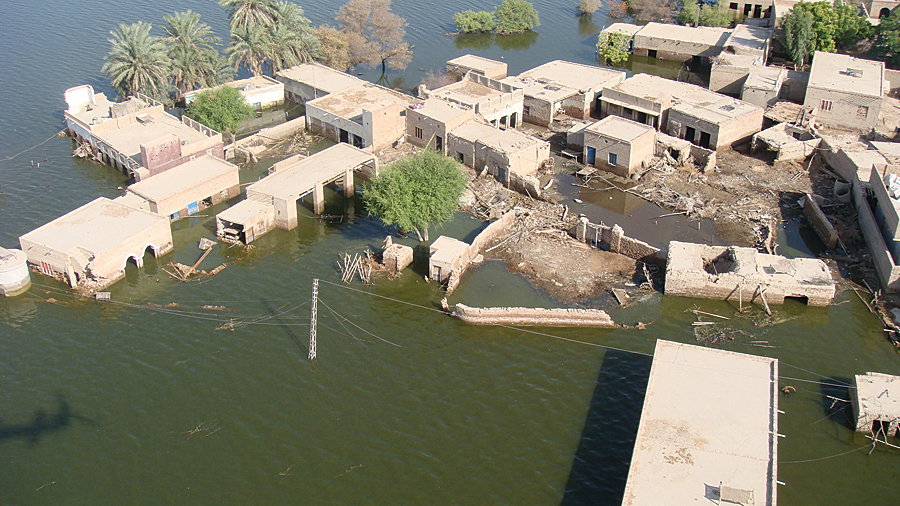
Senadheera, who grew up in Sri Lanka, accepts the risks inherent in her assignments for WFP, a nongovernmental organization (NGO) that has been her employer for the better part of the last 13 years. There’s passion in her voice when she talks about the value geospatial technology brings to the mission of feeding people mired in poverty or displaced by a natural disaster or a conflict.
“Yes, it’s risky,” she said. “But if everybody tried to stay in comfortable, secured zones, how could we spread [knowledge of] these wonderful tools—geospatial tools—[that help] to identify the most vulnerable populations and fight hunger?”
One of the ways WFP uses GIS is for food security analysis—identifying who does not have access to enough nutritious food and the underlying causes of the hunger problem in a certain region. The organization’s Vulnerability Analysis and Mapping (VAM) unit does this work.
Part of Senadheera’s job involves training WFP national staff to use GIS. She also helps to standardize available spatial data and analyzes and maps the information using ArcGIS. The mapping technology helps WFP identify who needs food assistance (such as malnourished children or disaster victims), where they live, how to safely route food to them, and what areas of the country are vulnerable to natural disasters or conflicts. WFP often steps in to help during a crisis and needs to quickly know what areas will likely be the hardest hit.
Though she’s worked in many countries in Asia, including the Lao People’s Democratic Republic, Thailand, and her native Sri Lanka, her most recent assignments in Pakistan and Afghanistan were fraught with more than the usual danger.
In 2010, floods ravaged Pakistan. In parts of the province of Sindh, whole villages were wiped out. Roads, bridges, and many homes were destroyed. Senadheera flew in a United Nations Humanitarian Air Service (UNHAS) helicopter piloted by Russians that hovered low over hard-hit Sindh province to drop food to hungry people. People swam toward the chopper or scrambled from their houses, waving with outstretched arms while the crew dropped boxes of high-energy biscuits to them.
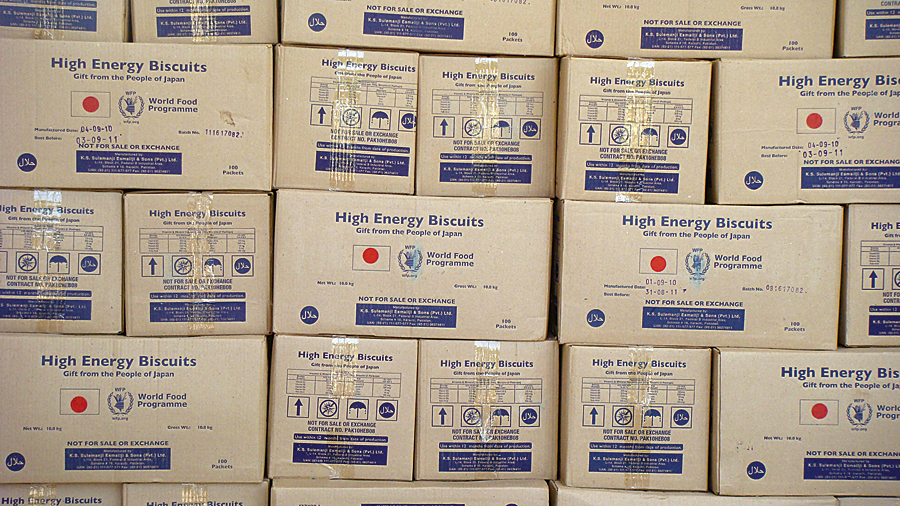
“They really wanted to get the food because they were starving,” said Senadheera. “I was shocked when I saw the people in the muddy water, swimming.” The smell of sewage and the bodies of cows and other dead animals made her stomach churn. “The water was all polluted. The smell was so bad. I was thinking, how can they live? How can they sleep? How can they breathe this air?”
While the crew dispensed the biscuits, Senadheera used a GPS to get the exact locations of where the food was dropped and marked those locations on a basemap. She also kept track of how many cases of biscuits were left at a given location and took an estimated head count of how many people picked up the food. By figuring in the average family size for each person who carried away a box of biscuits and village population data, she could calculate whether the helicopter needed to return to that area and drop off more food. She also used ArcGIS to create maps that showed where WFP had distributed food and where the helicopters still needed to go to distribute more biscuits.
Senadheera operated on a few hours of sleep each day during the five-week-long helicopter assignment. She stayed up until 2:00 am daily, analyzing data and making maps, and returned to the airport at 6:00 am to board the chopper. “Pakistan was crazy,” she said, yet she enjoyed the frenetic pace of the assignment. “I was doing everything. It was kind of fun.”
Like Father, Like Daughter
Senadheera said her father instilled a love of maps and travel in her when she was only five. Hema Senadheera served as a radio officer aboard cargo ships from 1975 to 1995. The stories he told during his brief trips back home were the stuff of legend for the young girl.
“Whenever he came home, he took the globe and he started [to show us] his route—’I went to this country, I boarded the ship, and this is the route I took, and these are the people that I met, and these are the countries that I passed,'” she recalled. “And he was showing us his passport and the coins, which fascinated me most.”
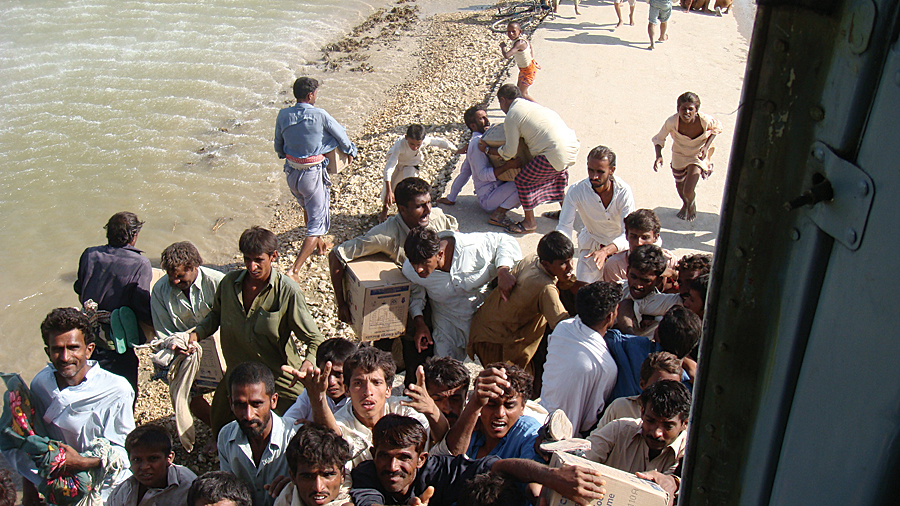
A seed was planted. “I thought, this is something cool. Why can’t I follow in my Daddy’s footsteps?”
She started to draw and color maps. Then she studied history of the countries on the maps. By the time she headed off to college, Senadheera knew geography was for her. She graduated with a bachelor’s degree in geography from the University of Colombo in Sri Lanka in 1995 and soon went to work for the Esri distributor in Sri Lanka.
After working briefly for the Asian Development Bank, she received a 15-day contract with WFP in 2000 to analyze World Health Organization (WHO) data and map where malnourished people, especially children, were living in Sri Lanka. She used Esri software to analyze the data and create the maps that helped WFP deliver food to the neediest people in the country.
Senadheera received a Fulbright Scholarship to attend State University of New York (SUNY), Albany, from 2004 to 2006. She earned her master’s degree in geography and spatial sciences from SUNY. She later interned at Esri in Redlands, California, before returning to WFP and her life on the road.
“It’s always good to see places,” said Senadheera, who has been to 30 countries. “I love to read, but it’s good to see and feel it. Then you know exactly what people are thinking and what you read about each place is correct.”
Though she resisted the idea for a long time, Senadheera finally agreed in 2012 to work in Afghanistan to help the VAM analysts properly organize spatial data for WFP (such as the location of helipads and airfields for the aircraft delivering food) and transfer the data into a working geodatabase. GIS will help WFP identify the neediest people there who need the food and safely deliver it.
WFP’s eventual goal is to use ArcGIS Online to create one geospatial platform for all the countries the organization serves. “Then when there is an emergency, everybody can work together at the same time, on the same platform. All the data is standardized,” Senadheera said.
WFP uses Esri technology to share information with donors and potential donors such as in the Syria Crisis Map on esri.com. The map shows the location of refugee camps, food distribution points, and the number of people the program reached in May and June 2013.
Though her 14 months in Afghanistan were marked by violence, Senadheera feels a sense of accomplishment, having led the effort to build WFP’s geospatial enterprise system for the country and trained close to 120 people—all men—in how to use GIS.
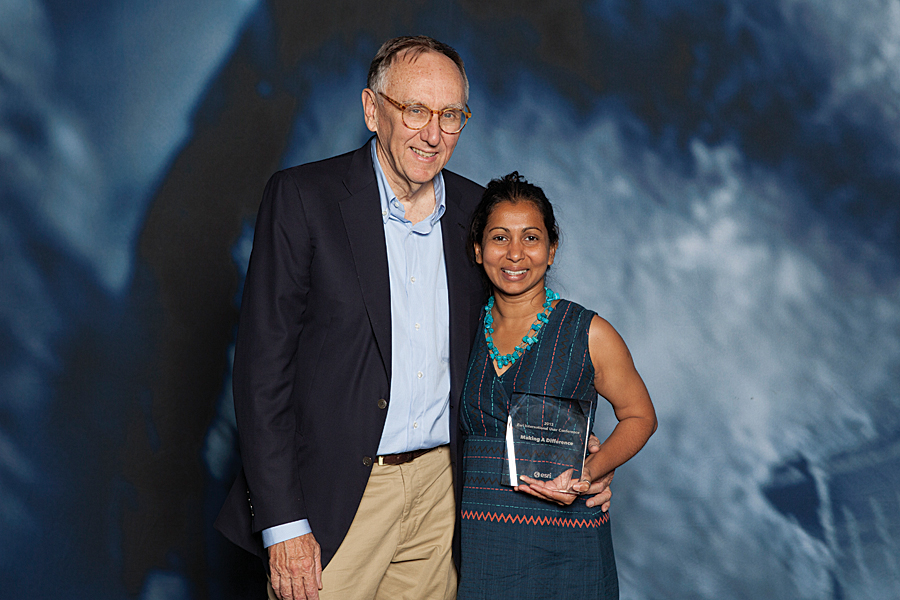
Where Will She Go Next?
“I’d love to go to Africa—I want to go to the Sudan,” said Senadheera, who is currently taking a break at home in Colombo, Sri Lanka. “It’s another hot spot. I know it’s red, red, but it’s not red, red like Kabul because the war is kind of over, and there are no suicide bombers. But if I go, it will be, as a female mapper, another challenge for me.”
To Senadheera, life as a geographer means going out into the world to share what she knows about geospatial technology with people who are just beginning to understand its transformational power.
“Life is hard, and it is an adventure. At times we need to take risks because we are so passionate with maps and spatial analysis,” she said. “All we want to do is spread our wings and look for where we need to be to help someone that needs a helping hand to enter the spatial world.”


